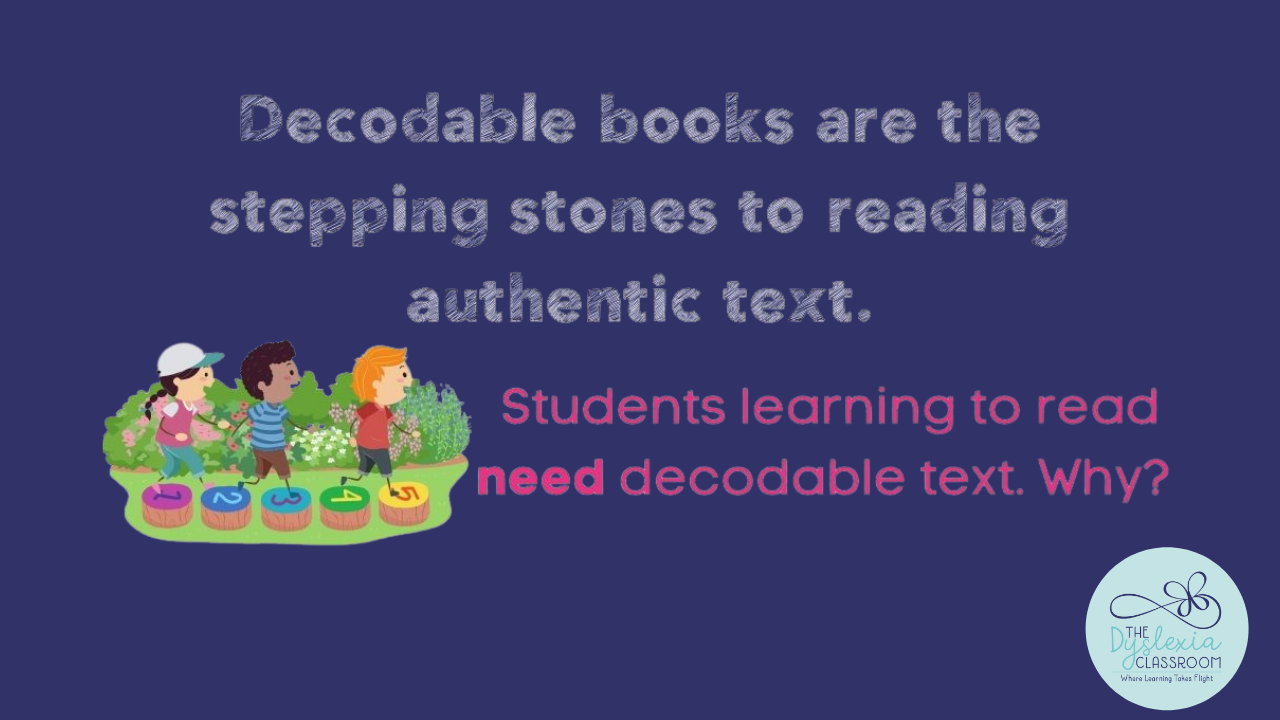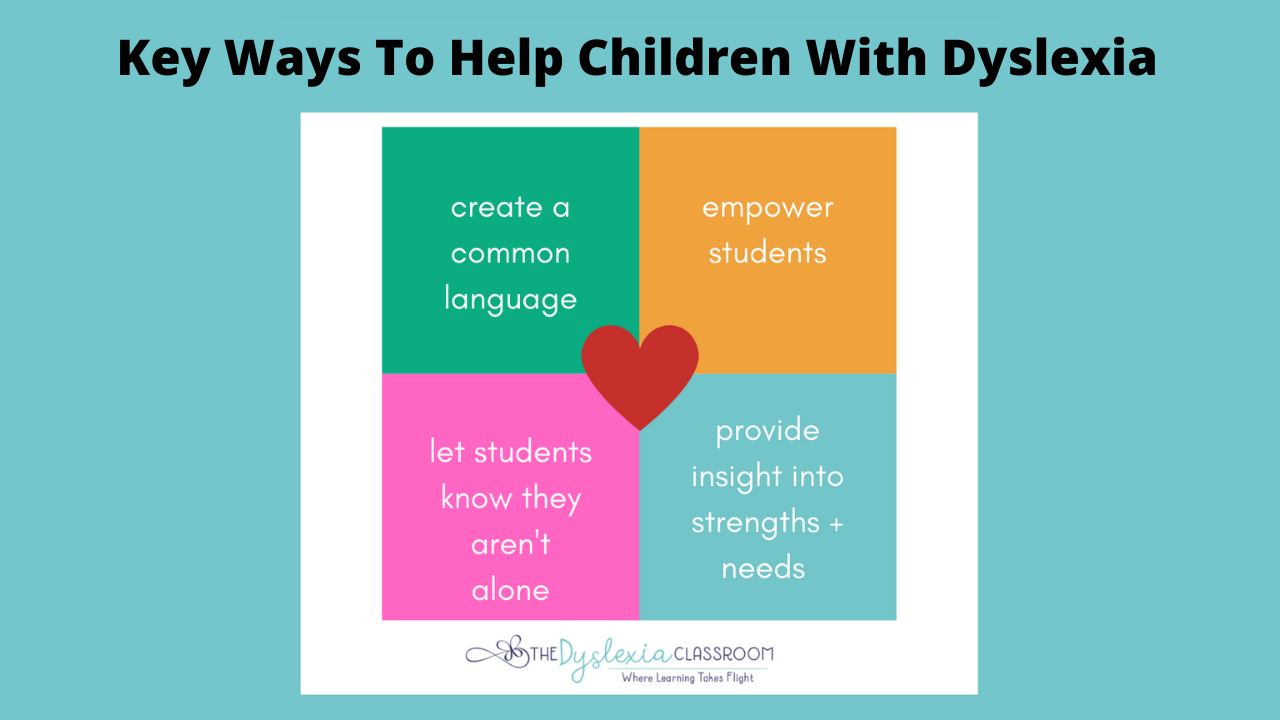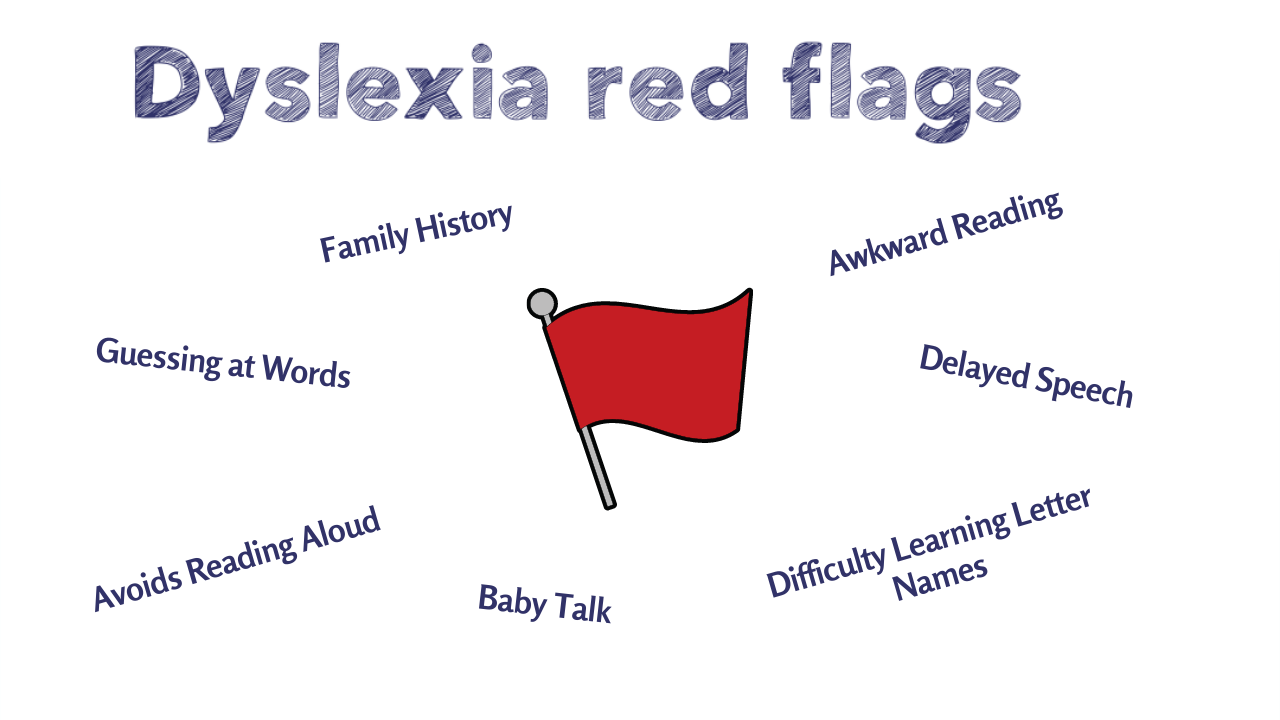The Importance of Knowing the Hidden Impacts of Dyslexia

As educators and parents, we often hyper-focus on the academic components surrounding reading and writing for dyslexic learners. This makes sense because dyslexia shows itself in the educational setting. And yet, there is so much more that dyslexia impacts. Unknown to most people, many impacts of dyslexia reside below the surface, hidden from view, yet their effects can be profound.
This posts' main image, 👆, is a powerful reminder that what you see isn't the whole picture. This is especially true for our dyslexic learners.
Some things I often hear:
"But he/she is doing so well!"
"She is getting straight A's and is a model student."
"I don't think that he needs all of these accommodations. He is doing fine."
I often hear this once a student has broken the code or is older when identified as having dyslexia. They have developed excellent coping skills, are getting good grades, and are considered on grade level...but these successes don't tell the whole story.
What We May Not K...
Decodable Books Are Stepping Stones Needed To Access Authentic Text

When I was in high school, I decided that I wanted to become a competitive diver. I was fascinated with those brave athletes who would climb the tower to the ten-meter platform and hurl their bodies off the top with grace and enter the water with the quietest splash. They made it look so easy.
I had played around a bit at the community pool and could do some of the introductory dives and flips, and yet, no one would expect me, as a novice diver, to climb to the top of the tower and be able to perform.
Instead, I met with my coaches every day before school at 6 am to learn the necessary skills. I practiced the same dives repeatedly, improving based on the immediate corrective feedback provided by my coach. With each gained skill, another was added, allowing me to gain the skills required to advance to compete at the collegiate level. Without the foundational stepping stones to gain skills, this wouldn't have happened.
Athletes are trained by establishing the necessary foundational...
Assisting Students Who Struggle With Reversals
One of the biggest questions that I get asked from parents and educators is about the link between reversals and dyslexia.
Dyslexia is not a problem with vision. Many children reverse letters as they begin to learn to read and write. Some children may have vision issues as well, such as convergence insufficiency, but vision problems are not the primary cause of dyslexia and therefore treating dyslexia through approaches like colored lenses and eye exercises are not appropriate ways to treat dyslexia.
The American Academy of Pediatrics, the Council on Children with Disabilities, and the American Academy of Ophthalmology published a joint statement summarizing what is currently known about visual problems and dyslexia. The statement also covers what treatments are and are not recommended when diagnosing and treating vision problems, learning disabilities, and dyslexia.
You can read the full joint statement HERE.
Now, you may be wondering why some children struggle with reversals an...
Three Ways to Use an Alphabet Arc for Word Building, Part 3
Today's blog is part 3 of a 3 part series on word-building tasks you can incorporate into your lessons using your alphabet arc. If you missed part 1 or part 2 of the series, click each link to learn additional skills to build with the alphabet arc.
Practice makes permanent! This saying is something that I come back to often as I reflect on my lessons. Am I providing enough practice for my students to solidify their learning and gain automaticity in word reading? We know that the brain needs to make new neural pathways to convert our oral language to the linguistic code as there is no specific reading center in the brain. It's hard work!
Children who are learning to read need to spend time decoding - the practice of linking speech sounds to print. This decoding work is the heavy lifting that needs to occur during reading instruction to allow for the orthographic mapping process to occur.
Orthographic mapping is the process that we use to become successful readers. It involves the ...
Top Ways to Use an Alphabet Arc for Fluency, Punctuation, and Alphabetizing Skills
Today's blog is part 2 of a 3 part series on alphabet tasks you can incorporate into your lessons to build fluency, punctuation work, and alphabetizing skills.
Hi friends. In part 1 of the series, we spoke about moving beyond the ABC song to help students recognize letters in print using the alphabet arc. Today, we will explore using the alphabet arc to build fluency knowledge, punctuation, and alphabetizing skills. If you missed part 1 of the series, click HERE to learn about sequencing tasks with the alphabet arc.
🤔 So, What is Fluency?
Fluency is NOT the skill of reading fast! When we read fluently, we read words accurately and at a rate that allows proper expression, phrasing, and intonation. This ability to read well, or automatically, aids in deeper comprehension.
When students struggle to read fluently, reading comprehension can be affected. This happens because the reader exerts a great deal of cognitive energy and focus on decoding the words, resulting in limited or los...
Three Ways to Use an Alphabet Arc for Sequencing

Today's blog is part 1 of a 3 part series on alphabet tasks you can incorporate into your lessons to build sequence knowledge and other literacy skills.
Hi friends. When we hear about letter knowledge, the first thing that may come to mind is the ability to say the alphabet letters, sing the ABCs, and recognize letters in print. However, there is so much more that we can do to promote letter knowledge in connection to reading and spelling using an alphabet arc.
What is an Alphabet Arc?
An alphabet arc is a tool used to build student knowledge of letter sequence and promote the learning of the many skills surrounding letter identification, reading, and spelling. These are easy to scaffold as students gain automaticity in their letter recognition and ordering skills. There are several ways to scaffold instruction and provide a gradual release of responsibility with alphabet arcs. Tools you will need for instruction with the alphabet arc: alphabet arc, plastic letters or paper letters....
Books Every Dyslexia Educator Should Own

Hi friends. One of my favorite places to go is into bookstores. Ever since I was little, I have loved walking the aisles of books, the smell of opening a new book, and the ability to write in my books (gasp!). For this reason, I tend to purchase just about every book I can find on my passions, especially literacy and dyslexia.
#1 Thing You Need to Understand About Dyslexia

Hi friends. As many of you know, October is Dyslexia Awareness Month. So, this week I'm chatting about one of the most important things you should know about dyslexia.
Dyslexia has nothing to do with intelligence. It is not a thinking disability. The apparent brightness often stumps parents and educators and leads to thinking that a dyslexic student needs to try harder or needs more time.
In a school setting, the understanding that dyslexia has nothing to do with intelligence can be overshadowed by the demands of reading, writing, and the quick pace of instruction. Our children are bright, yet they are sometimes overlooked as their day consists of activities that do not highlight their strengths. Instead, their struggles are on constant display. This constant feeling of playing catchup or struggling can profoundly impact a child's self-esteem, one that can last a lifetime.
We need to understand, and help students understand, that they are intelligent and thrive when taught in a wa...
7 Key Ways To Help Children With Dyslexia

Hi friends! This week I'm continuing our discussion on dyslexia, particularly how we can help our children with dyslexia. Have you ever paused and thought about how many times you are required to read throughout the day? Emails, notes, road signs, tickers under the news report, menus, letters, etc. The list goes on and on.
Reading well is something that many of us may take for granted. The ability to automatically see letters, and within milliseconds, have that transfer into a word connected to meaning. And yet, for many children and adults, literacy and reading well seem to be out of reach, but is it?
Absolutely not.
Our dyslexic learners, and all students, deserve instruction rooted in what the collective science says about how the brain learns to read. The ability to read well can no longer be accepted as something that is unattainable for specific groups.
We have years of research to show what is needed to unlock the reading code for our students, making reading well a realit...
Dyslexia Red Flags You Don't Want to Miss

Hi friends! Every time you show up for your students, speak up for accommodations and spread awareness of dyslexia, you are making an impact. While we want to promote dyslexia awareness all year long, October is dedicated to Dyslexia Awareness Month. This week, I want to explore a few ways that we can become informed about what to look for as a red flag that might indicate a child is being impacted by dyslexia.
We know that teacher understanding is critical to our student's success. After all, it is the teachers that teach, not a program. The more we as educators understand dyslexia, how the brain learns, structured literacy, and the research behind best practices for students with dyslexia, the better we can serve our students.





